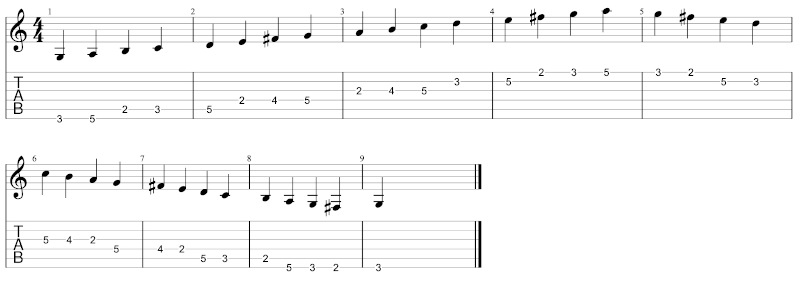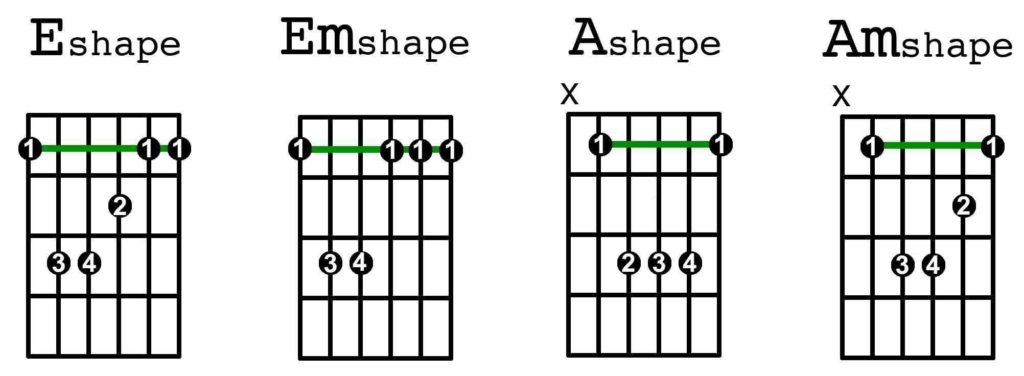
As a guitar student you want to learn your scales inside out, not just to expand your music theory or to develop dexterity, but to learn to solo and improvise.
In order to solo and improvise you need to know the words of the language. You need to know how to use those words in a fluent manner with confidence and ease to express your musical emotions.
This is where the scale comes in. The scale contains the letters and the words to tell your story.
In this lesson I will give you the exercises to really dig into the scale and memorize it from top to bottom, backwards and forwards so you can start your journey to learn to solo and improvise.
We will use the G major scale as an example, but you can apply this to any scale.
There’s a lot of exercises and examples here so take your time with it. Start with one exercise and practice it until you can play it at a comfortable level, then move on to the next. Before you know it your fingers are running the show.
Let’s dive in!
Play in Position. First learn the scale playing it in position using the appropriate fingering. “Playing in position” means your left hand remains in a fixed location, with each finger assigned to a specific fret. See below in example 1. Now play the scale following example 2 and use the finger positioning of example 1.
Numbers on the dots: 1 = first finger assigned to the second fret, 2 = second finger assigned to the third fret, 3 = third finger assigned to the fourth fret, 4 = fourth finger assigned to the fifth fret. The red dots indicate the root note of the scale (in this case the G note).
Example 1:

Example 2:

Play with one finger. In this exercise you play the scale with only one finger (see example 3), so you become really conscious of where each note in the scale is located. Don’t underestimate this exercise. It is really important. Play it like example 2, but with the fingering of example 3.
Example 3:






